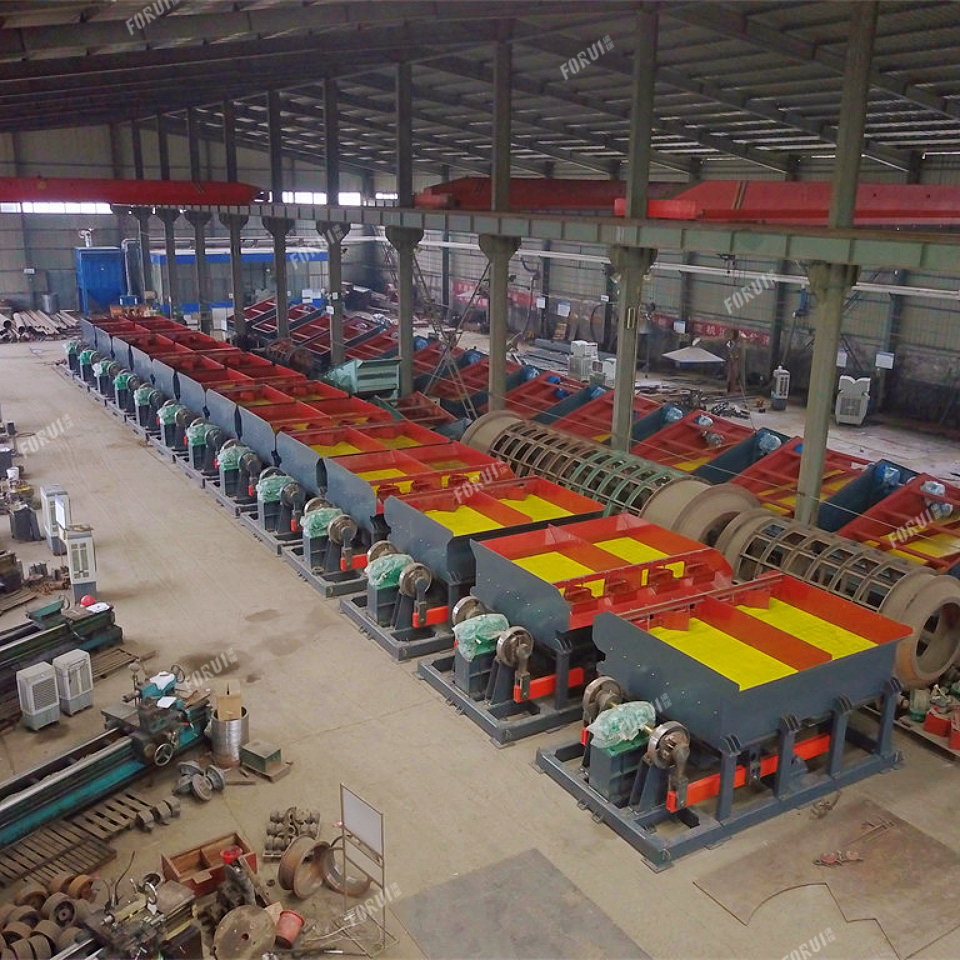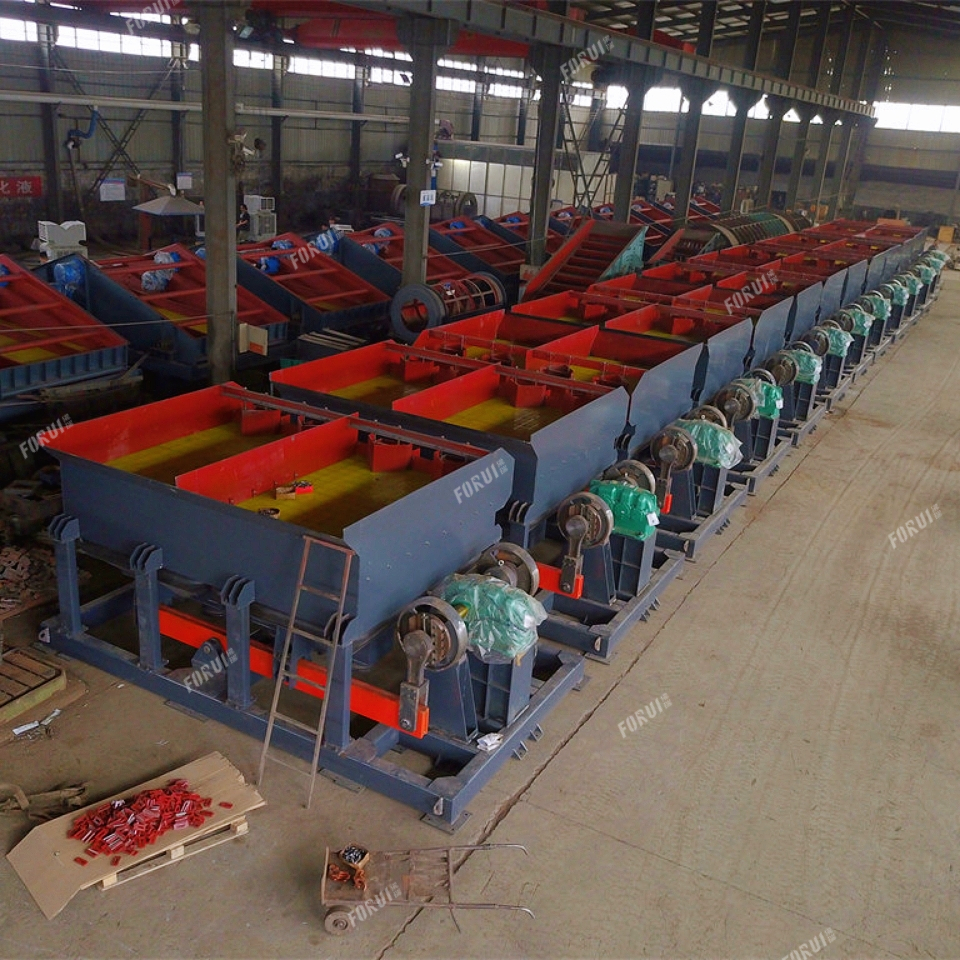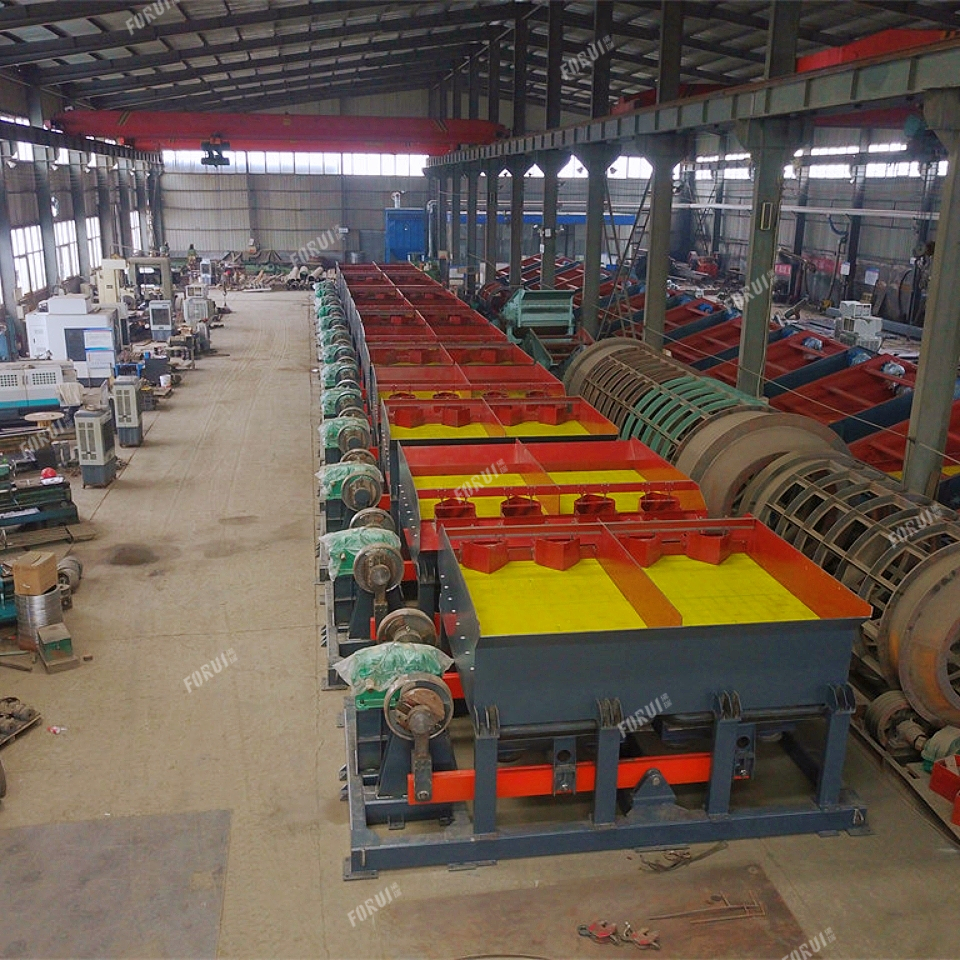Product
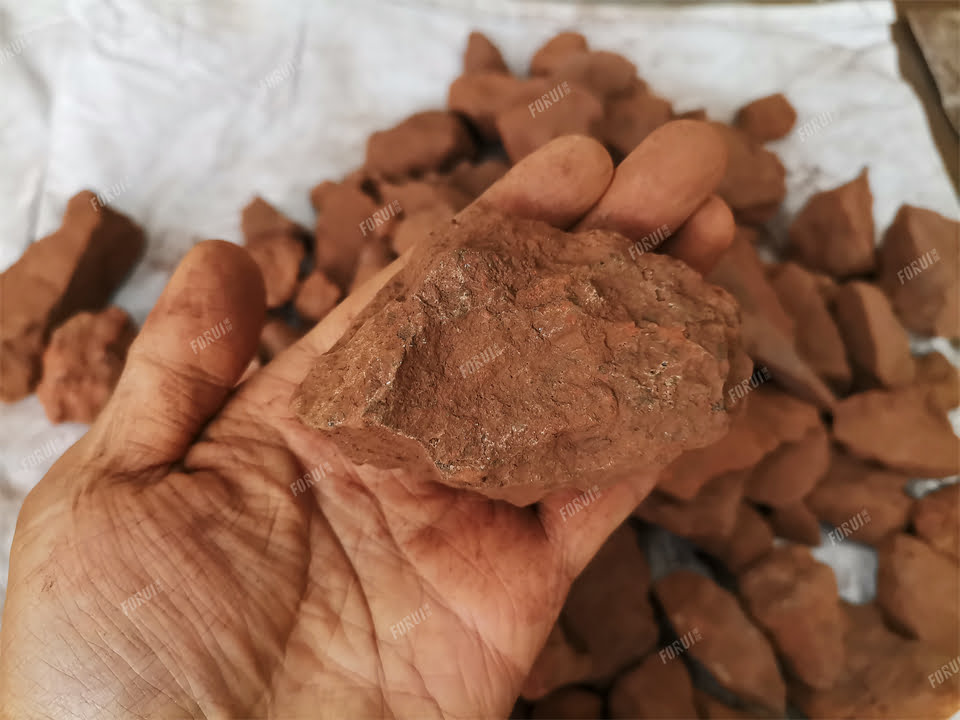
The process of hematite ore beneficiation has a very strong relationship with the nature of hematite ore. In general, hematite ore beneficiation methods include the following: gravity beneficiation, strong magnetic separation, magnetization roasting, flotation, etc. The most commonly used in hematite ore purification is gravity beneficiation, because it not only has small investment in equipment, low production cost, high beneficiation efficiency, and no pollution to the environment.
Technological Process
Gravity Separation

Hematite gravity separation production line uses jig machine as the core beneficiation equipment, and the equipment operating in combination with jig machine also includes crushing equipment. The hematite ore is generally crushed in two stages, coarse crushing by jaw crusher and fine crushing by hammer crusher or cone crusher. After crushing, the material enters the circular vibrating screen for screening, and the material that meets the size requirement enters the jigger, which separates the minerals with different specific gravity. The light and heavy minerals are discharged out of the machine and enter the dewatering screen for dewatering, and the dewatered concentrate and tailings can be directly transported to the destination site for stockpiling.
The main equipment of hematite gravity separation production line includes crusher, vibrating screen, jig machine, dewatering screen, etc.
Magnetic Separation

Magnetic separation is carried out in the magnetic field of the magnetic separation equipment. After the selected ore is fed into the separation space of the magnetic separation equipment, it is subjected to magnetic and mechanical forces (including gravity, centrifugal force, water power, etc.). Ore particles with different magnetic properties are subjected to different magnetic forces and move along different paths (see figure on the right). Since the particles move in different paths, the magnetic and non-magnetic products (or magnetic and non-magnetic products) are obtained when they are picked up separately.
Magnetization Roasting

Magnetization roasting is a process in which iron ore is heated to a certain temperature and then subjected to a physicochemical reaction in a corresponding atmosphere. After magnetization roasting, the magnetic properties of iron minerals are significantly enhanced, while the magnetic properties of vein minerals do not change much. For example, after magnetization roasting of hematite, the iron minerals become magnetite with higher magnetic properties, while the magnetic properties of the veins do not change much. Therefore, all kinds of weakly magnetic iron ore or manganese iron ore can be effectively separated by magnetic separation after magnetization roasting. The most used equipment for magnetization roasting is rotary kiln.
Flotation Separation
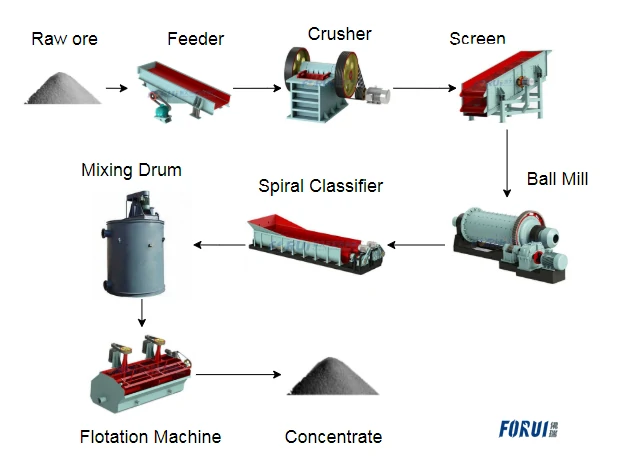
The principle of flotation is based on the principle of liquid surface tension, which causes solid contaminants in the wastewater to adhere to small bubbles. When air is introduced into the wastewater, the fine particles in the wastewater together form a three-phase system. When the fine particles adhere to the bubbles, the bubble interface is changed. Whether the particles can adhere to the bubble is related to the surface properties of the particles and liquid. Hydrophilic particles are easily wetted by water, water has a greater adhesion to it, the bubble is not easy to push the water away in its place, this particle is not easy to adhere to the bubble and remove. While hydrophobic particles are easy to adhere to the bubble and be removed. Eventually hydrophilic particles and hydrophobic particles by will be separated.
Generally, the useful minerals are floated into the froth products, leaving the vein minerals in the pulp, and this flotation is usually called positive flotation. However, sometimes the vein minerals are floated into the froth product and the useful minerals are left in the pulp, this flotation is called reverse flotation.
Client Case


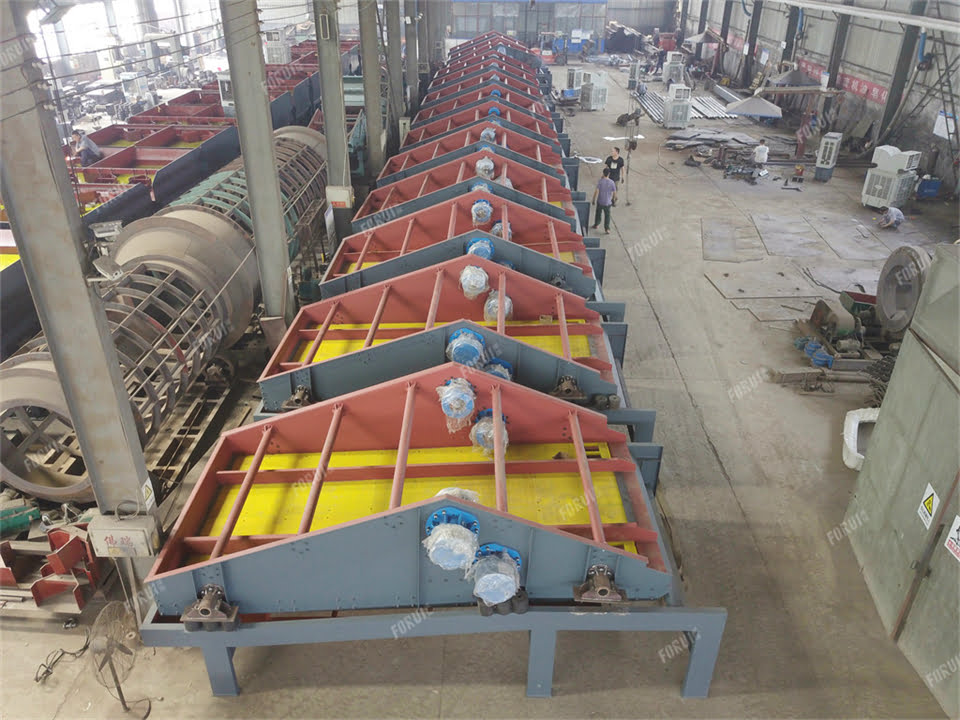

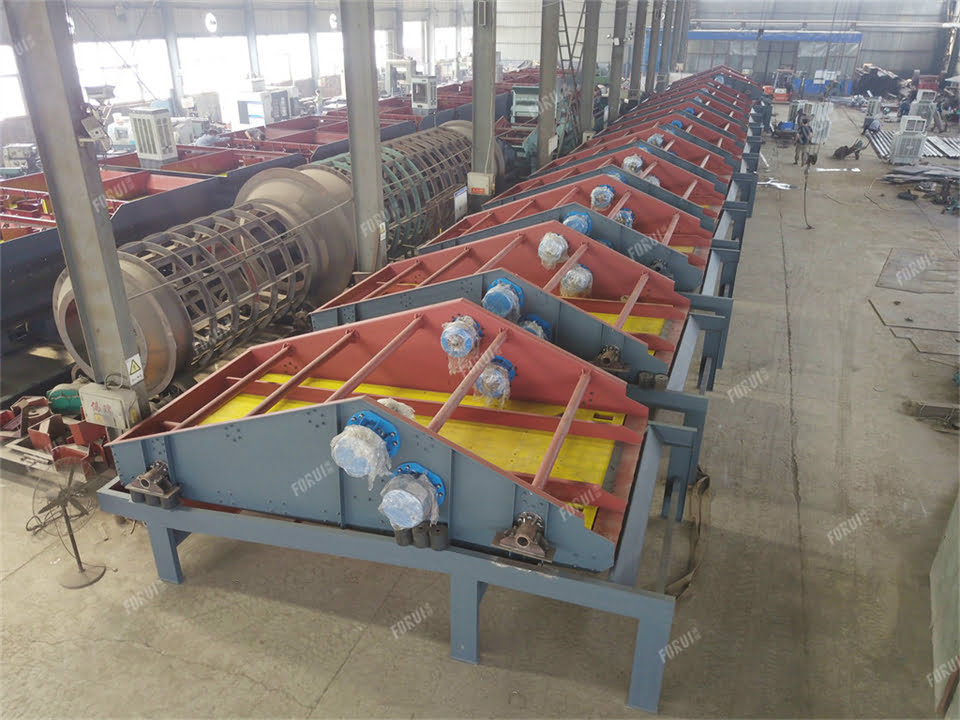
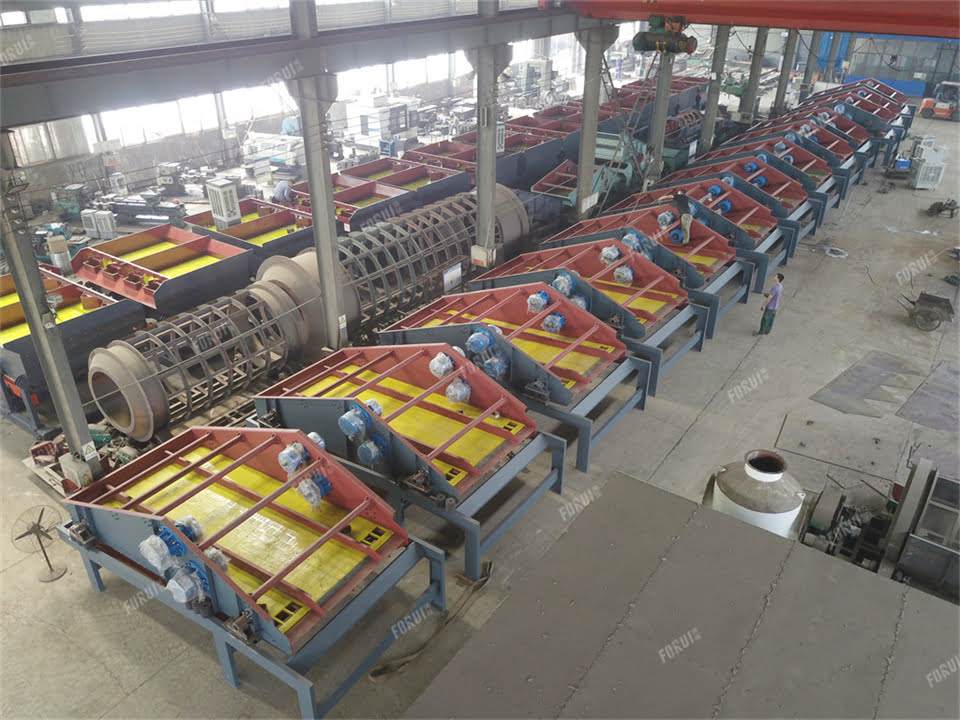
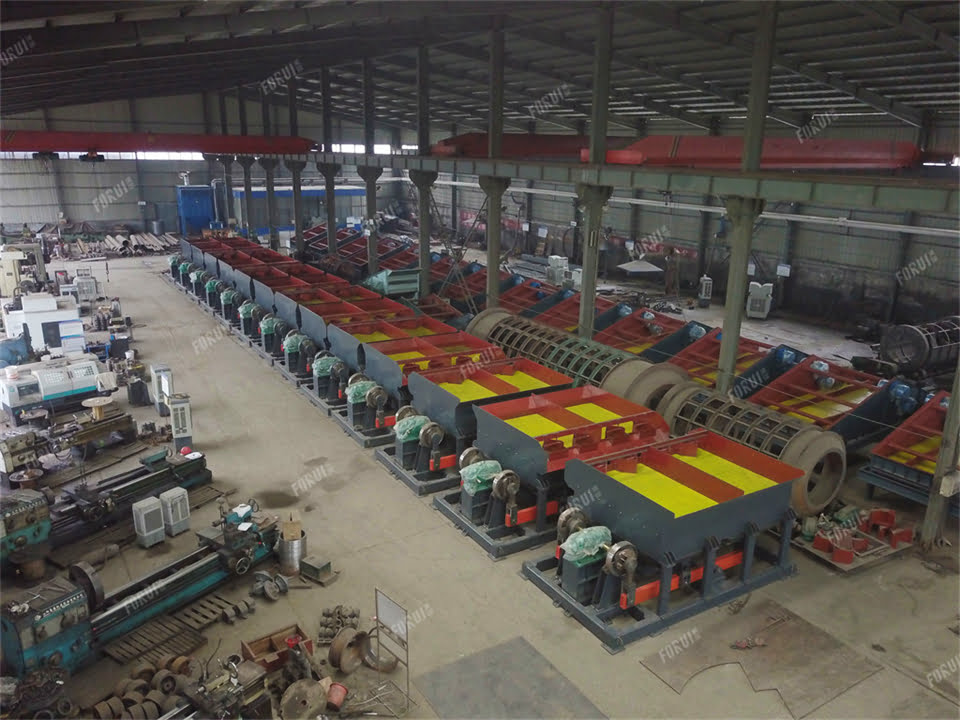

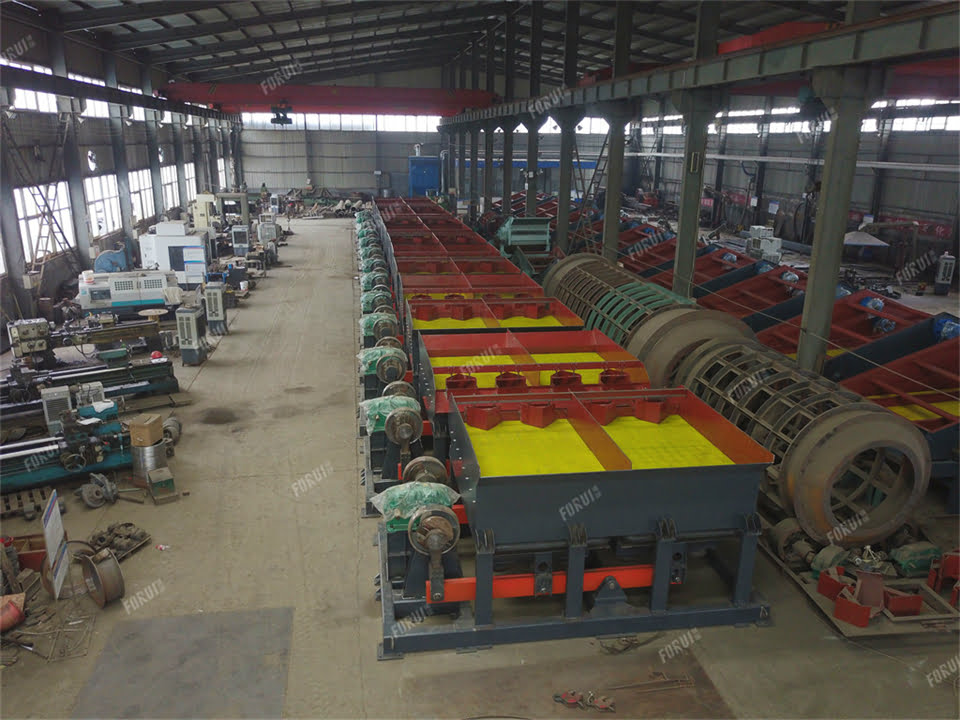
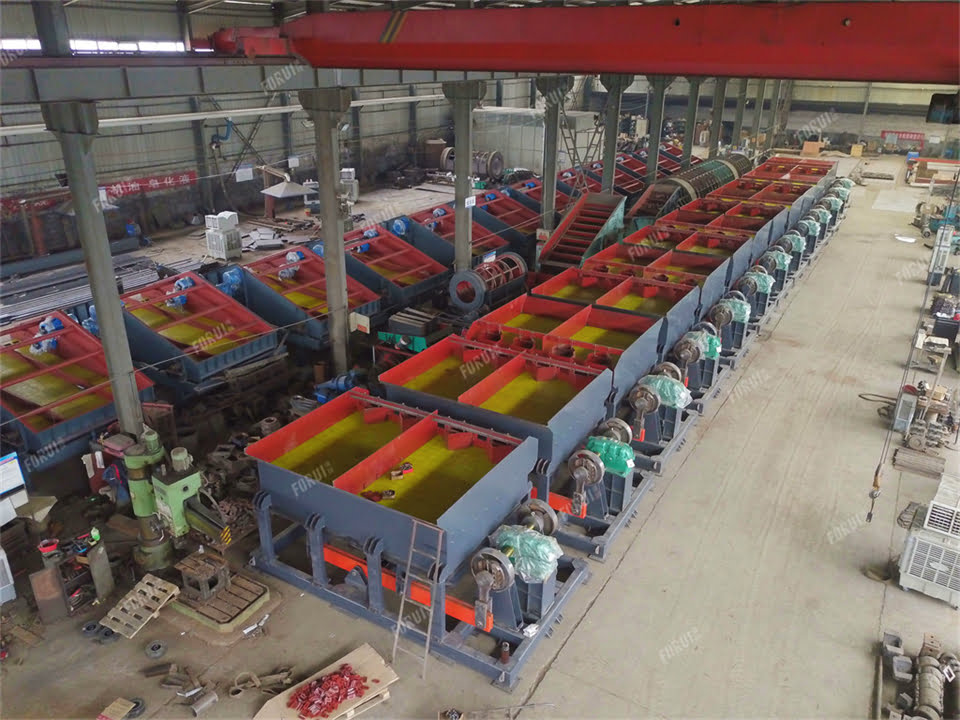
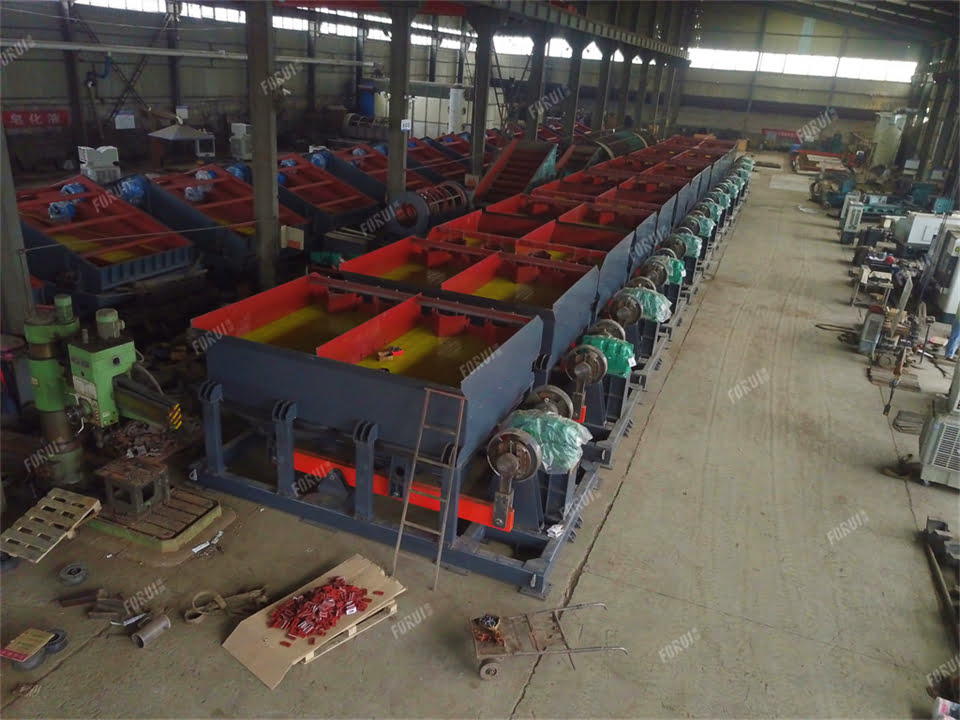
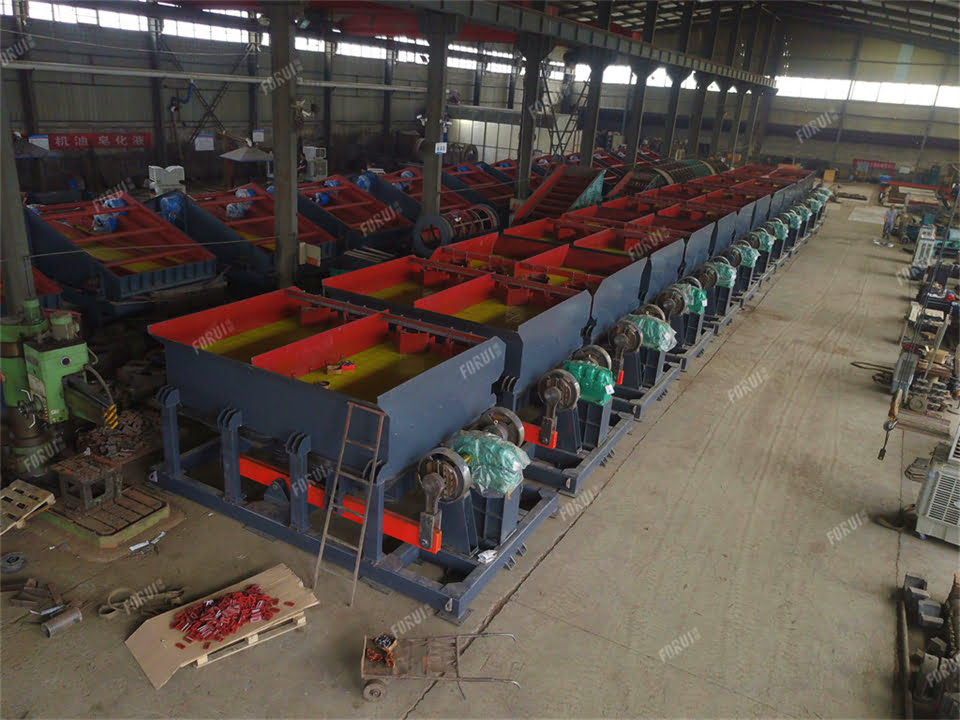
The picture above is a hematite ore processing site in Xinjiang, the hematite ore processing plant uses jaw crusher coarse crushing, cone crusher fine crushing, vibrating screen screening, trapezoidal jigger gravity separation, dewatering screen dewatering, a total of 4 hematite ore processing production lines designed and manufactured by Forui Machinery, to complete the daily processing capacity of 2500 tons of hematite ore, hematite ore grade 32%, concentrate grade 56-58% after beneficiation, recovery rate of 88% All the beneficiation indexes reached the expected requirements and the customers reflected well.
The picture above is the hematite ore processing site in Xinjiang, the daily processing capacity is 500 tons, the original ore grade is 46%, after jigger sorting the final grade is up to 61%, all the beneficiation indexes meet the customer’s requirements and get a complete success.
Online Consultant
Forui Machinery, founded in 1986. We are one of the leading suppliers of beneficiation equipment in Asia. If you have any questions, feel free to Contact Us.


